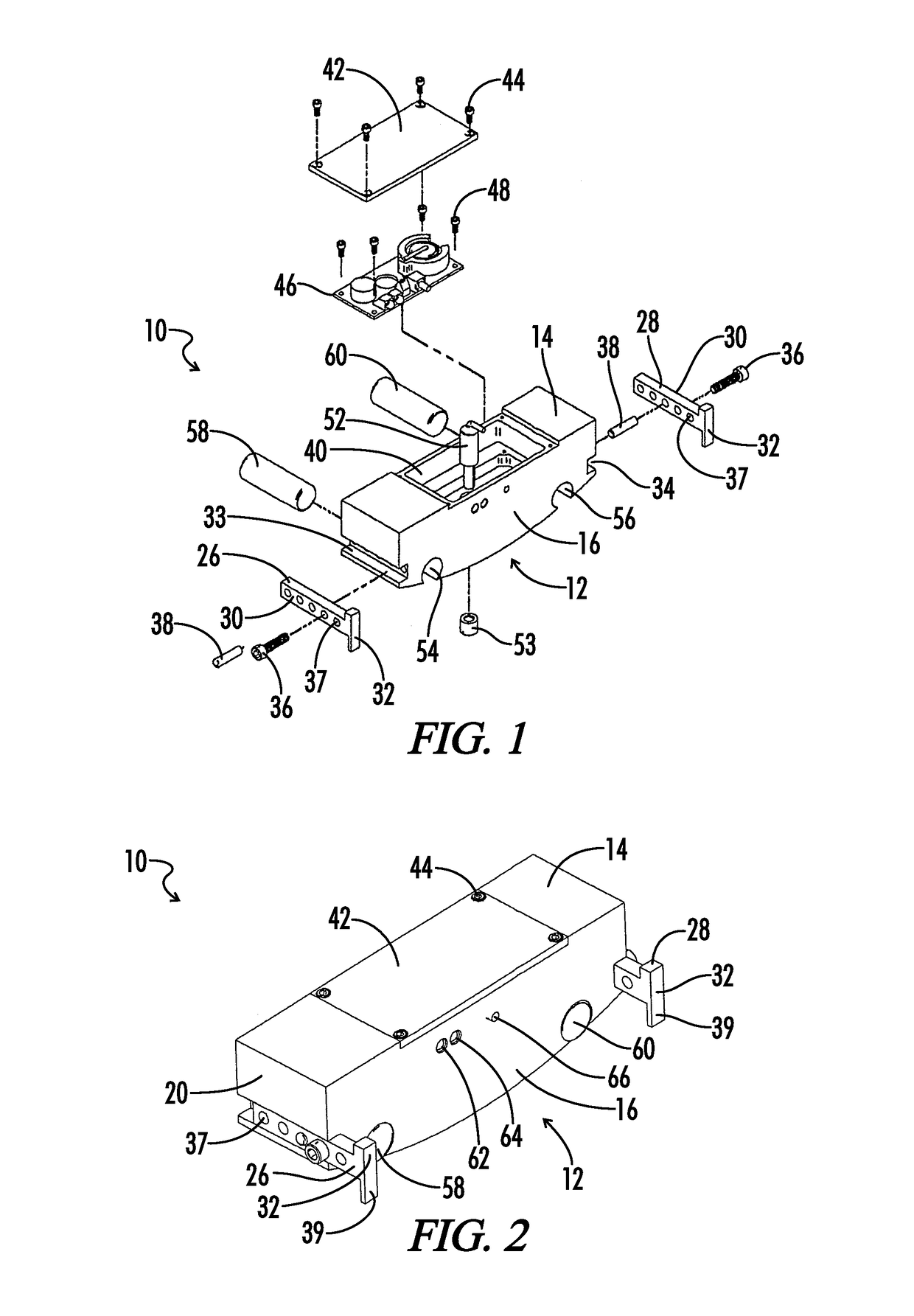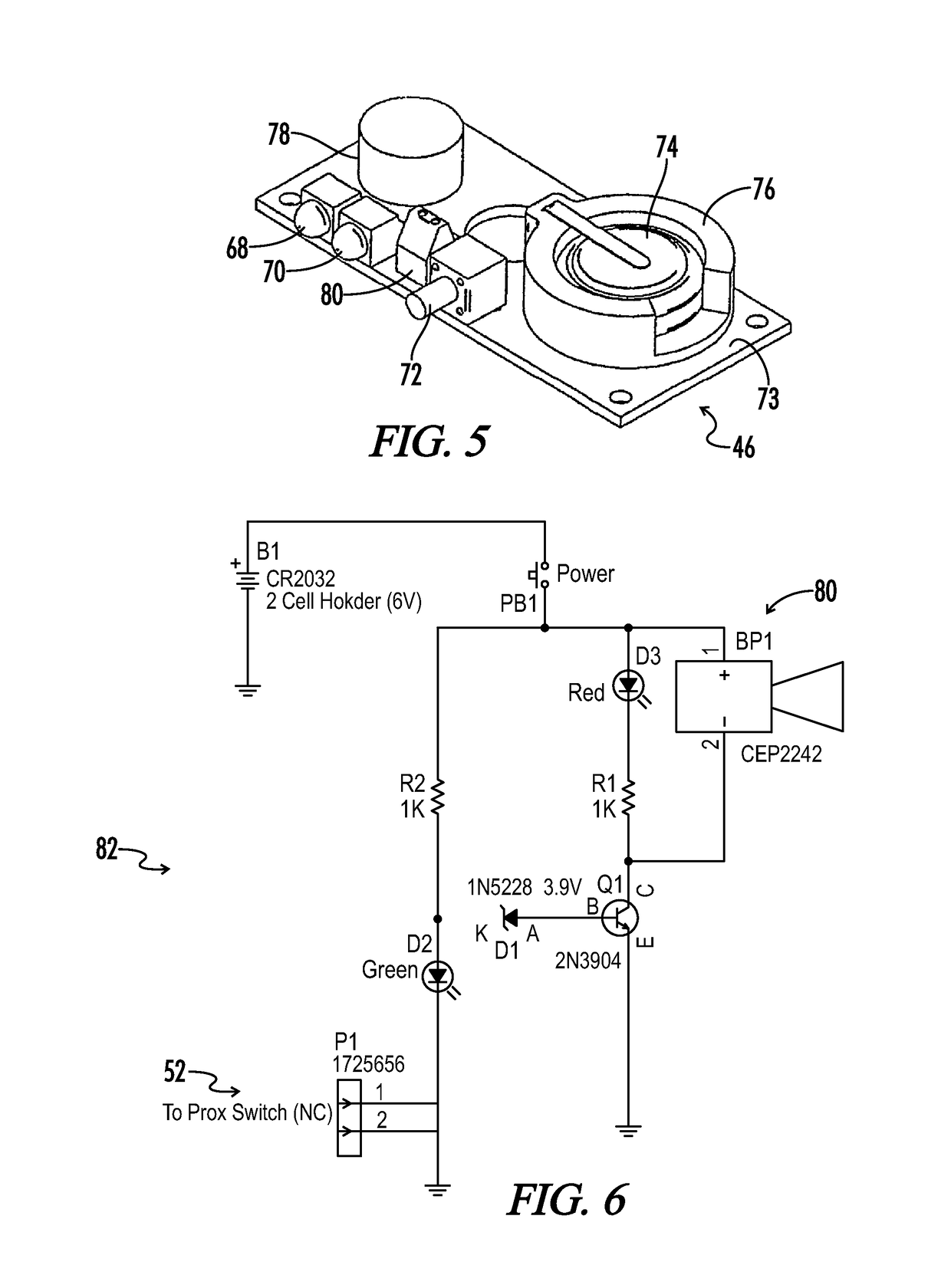Brake drum measuring and inspecting device
a brake drum and measuring device technology, applied in the direction of mechanical measuring arrangements, instruments, force/torque/work measurement apparatus, etc., can solve the problems of slow wear of the brake drum braking surface, reducing the thickness of the drum wall, and reducing the ability of the drum to absorb and dissipate heat, etc., to achieve the effect of quick determination
- Summary
- Abstract
- Description
- Claims
- Application Information
AI Technical Summary
Benefits of technology
Problems solved by technology
Method used
Image
Examples
Embodiment Construction
[0031]The following detailed description is of the best mode or modes of the invention presently contemplated. Such description is not intended to be understood in a limiting sense, but to be an example of the invention presented solely for illustration thereof, and by reference to which in connection with the following description and the accompanying drawings one skilled in the art may be advised of the advantages and construction of the invention.
[0032]In the past, it has been problematic for inspections of vehicle brake drums to be performed, and more particularly it is difficult to measure the inside diameter of a brake drum without first requiring complete removal of the wheel and drum from a wheel axle. This limits the number of brake drum inspections that can be performed by certified inspectors, and as a result presents a significant highway safety issue due to an increased number of brake drums that would fail an inspection if one had been performed. In considering the pro...
PUM
| Property | Measurement | Unit |
|---|---|---|
| operating distance | aaaaa | aaaaa |
| activating force | aaaaa | aaaaa |
| diameter | aaaaa | aaaaa |
Abstract
Description
Claims
Application Information
 Login to View More
Login to View More - R&D
- Intellectual Property
- Life Sciences
- Materials
- Tech Scout
- Unparalleled Data Quality
- Higher Quality Content
- 60% Fewer Hallucinations
Browse by: Latest US Patents, China's latest patents, Technical Efficacy Thesaurus, Application Domain, Technology Topic, Popular Technical Reports.
© 2025 PatSnap. All rights reserved.Legal|Privacy policy|Modern Slavery Act Transparency Statement|Sitemap|About US| Contact US: help@patsnap.com



